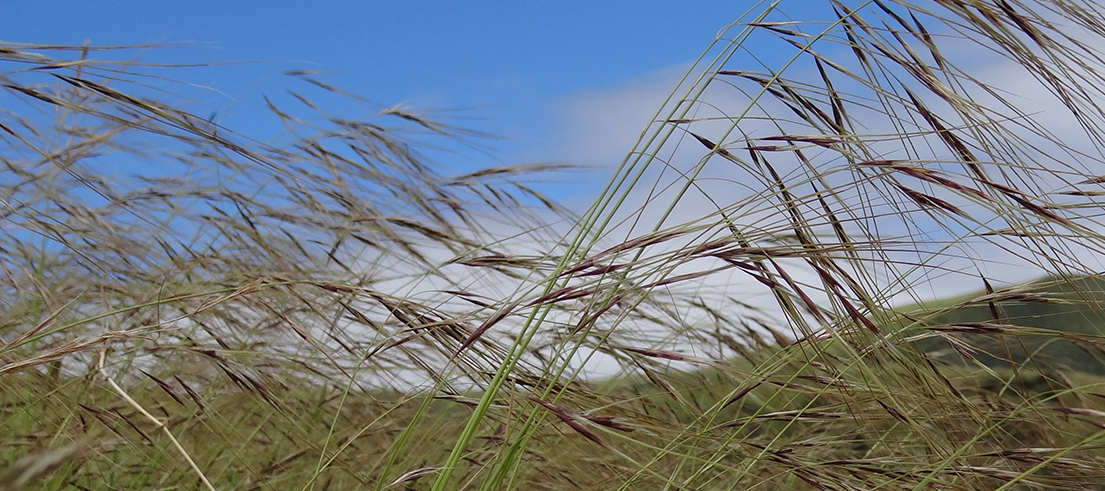
Chilean needle grass spread leads to fresh concerns
Canterbury’s susceptibility to Chilean needle grass (CNG) should not be underestimated, is the cautionary statement being issued by Environment Canterbury’s principal advisor for biosecurity Laurence Smith.
″We share a regional boundary with Marlborough who are now managing an unprecedented number of properties confirmed to have CNG,″ he said.
The primary mode of spread for this pest plant is the movement of people, machinery, stock and feed, and the community is being asked to remain vigilant when moving between properties and between regions.
Confirmed CNG sites
Canterbury currently has 23 confirmed CNG sites, covering approximately 330ha.
This represents only a fraction of the potential range for this pest, with over half of Canterbury having optimal conditions for the establishment of CNG,” said Smith.
Three new sites were identified last season. Early identification remains the best way to reduce the potential impacts associated with this damaging pest, and we are asking all Cantabrians to keep an eye out.
Environment Canterbury continues to work with landowners who have CNG on their property by providing advice and assistance with the effective management of this pest. Smith said that landowners can be proud of the work they have done to date.
Landowners have been committed to an annual control programme and have invested considerable funds and resources into controlling this pest. Our goal is to limit the spread of CNG as much as possible in Canterbury, and any farm with CNG present has a significant role to play in achieving that goal.
Identifying CNG
Late spring and summer are the best times of year to identify CNG when out in the field. Key features include the following:
- Erect tussock grass which grows up to 1m tall
- Leaves are up to 5mm wide with rough edges and they are ribbed on the upper surface
- Distinctive, purple drooping flower heads that change to pale brown when mature
- Each seed is up to 10mm long with a hard, sharply-pointed head and a long, hair-like awn which is about 70mm long
- There are additional hidden seeds on the stem at the leaf nodes and at the base of the plant
Find out more about how you can help to stop the spread of Chilean Needle Grass.
How to report a sighting
All Cantabrians are asked to keep an eye out for this unwanted pest and report any suspected sightings to Environment Canterbury’s biosecurity team. Suspected sightings can be reported by emailing a photo and location details to biosecurity@ecan.govt.nz.
For further information about Chilean needle grass, take a look at our managing plant pests page, and follow the Chilean Needle Grass Awareness Programme on Facebook.



